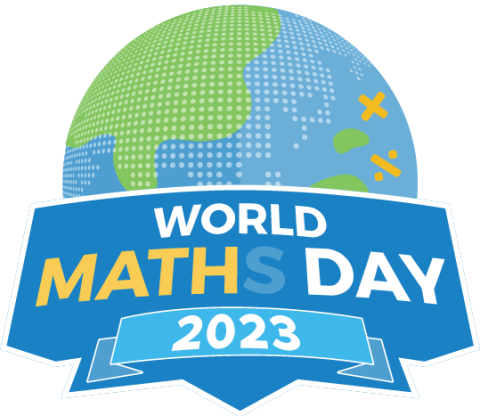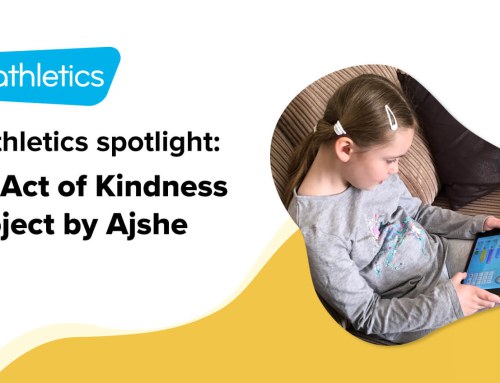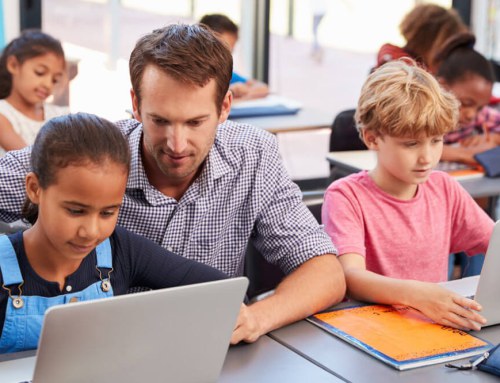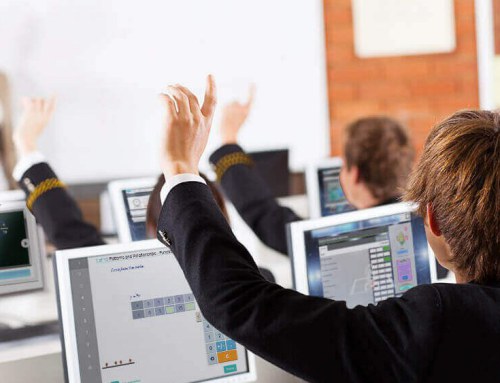Does one need to be a mathematics genius to win a global maths competition? Tatiana Devendranath, winner of World Maths Day in 2008, sure doesn’t see herself as one.
An all-rounder student at school, Tatiana had interests in all subjects including sports. But beneath that humble and bubbly personality lies a deep drive and desire to learn and grow.
15 years ago, a 14-year old Tatiana set her eyes on winning and beating her own best score. To optimise her chances of winning and beat her own best she came up and stuck to a structured plan. She even set herself a personal goal – to answer a million maths questions, which she achieved in a span of less than 3 years!
Marrying Words and Numbers
“World Maths Day played such a huge part of my life and transformed my life in such a positive way. It created an interest and definitely accelerated my learning in mathematics,” shares the 29-year-old.
While she picked mathematics subjects in her high school years, it was hard when it came to choosing a university degree as she loved both English and Mathematics. In the end, she went with a degree in Journalism. But her maths interest didn’t stop there.
Six months into her journalism degree, Tatiana reveals maths would always find a way into her writings. “I find my news angle by looking at data. Every time I did a journalism story, it would always be based on statistics,” she recounts.
From World Maths Day Winner to Data Analyst
Today, Tatiana is a Regulatory and Assurance Analytics Manager with a major bank firm, busy developing tools to analyse raw data and transform them into important business insights. So how did she end up with a career in data analytics with a journalism degree?
“To me, there are so many similarities between the two disciplines. You’re writing stories and conveying information. It’s just that the tools are slightly different,”
She explains, “With journalism you’re asking questions to get information out of a subject. And if you’re not getting the right information, you might change the way you ask questions,”
“Similarly in data, if you have a certain database in Sequel (a programming language), you would change the language you use to query the data out of it, as exposed to a database using R or Python.”
Early Maths Exposure Counts
A decade ago, only 28% of the employed STEM-qualified Australians were female. In the same year, only 33% of tertiary qualifications were awarded to Australian women in STEM fields.
Today, there has been real improvements and opportunities for women in STEM study and careers. The number of women studying STEM reached the highest in 2019 since 2015, making up 36% of Australian university STEM enrolments.
In the UK, the number of women in STEM has also grown from 2015 to 2019. In 2019, government data showed that there were one million women working in STEM occupations.
Tatiana believes early exposure to maths will help break down barriers and fears. “I notice people just getting really scared at the sight of numbers. I’ve heard people say, ‘Oh maths is like a foreign language to me’, but when you think about it, it kind of is,” she adds.
“In English and humanities, you’re using a language you speak with those subjects. With maths, you don’t have as much exposure to it as you would with your native language. I think early exposure is hugely important in breaking down those fears because people aren’t used to seeing numbers as much as they are seeing words.”








